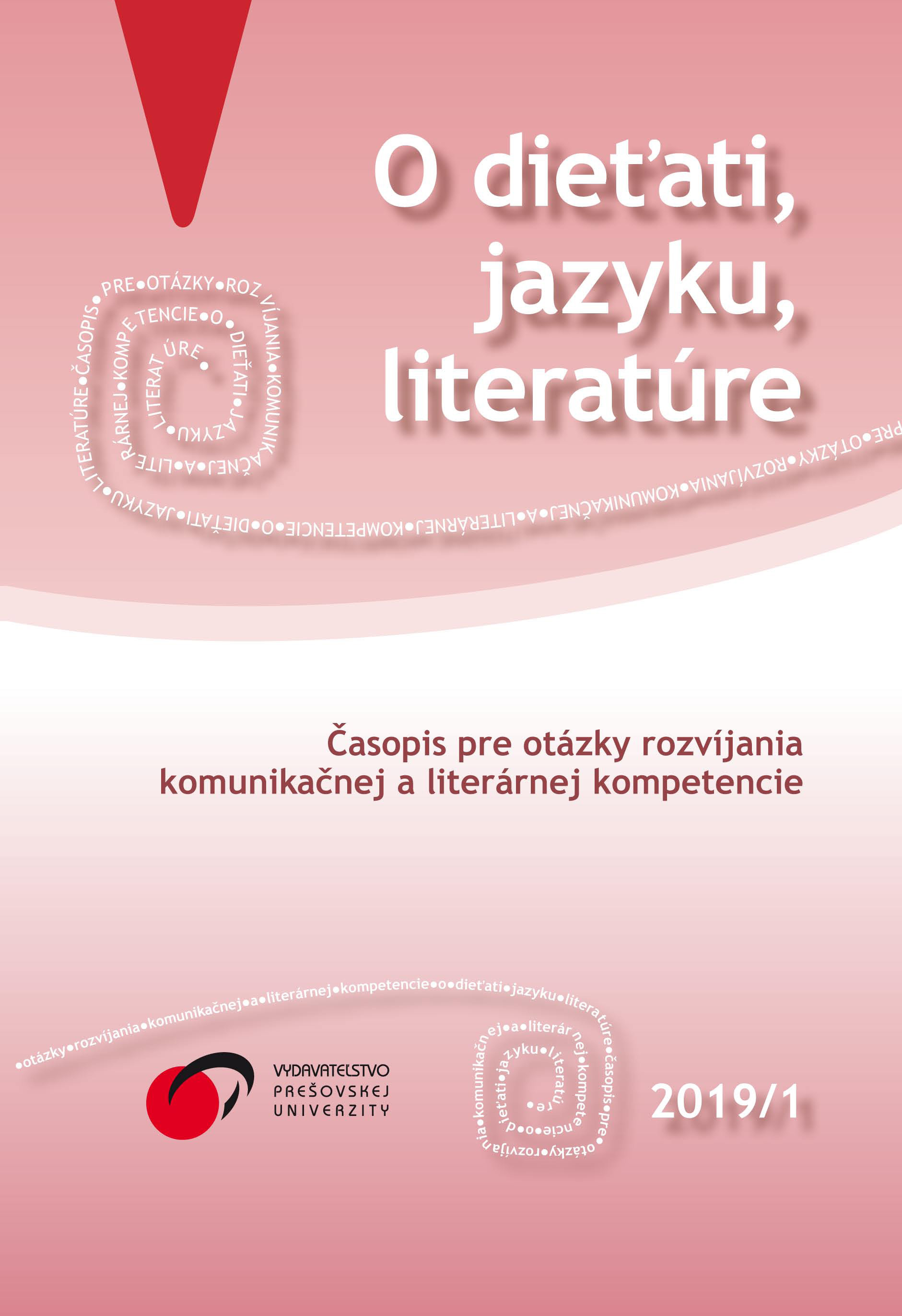Promoting CLIL literacy not only in foreign language learning and teaching
Promoting CLIL literacy not only in foreign language learning and teaching
Author(s): Michaela SepešiováSubject(s): Foreign languages learning, School education
Published by: Vydavateľstvo Prešovskej univerzity v Prešove
Keywords: CLIL technology;foreign language learning;
Summary/Abstract: To be stressed, CLIL is more than just simple translation of the content. Therefore, teachers applying CLIL require specific knowledge that comply with the core principles of CLIL methodology like the focus on the 4 Cs of CLIL, authenticity, active learning, scaffolding, cooperation, etc.. As for CLIL performing, we agree with Bentley (2010) that incorporating development of both learners’ subject (content) and language (communication) knowledge and skills, selecting and adapting materials, and designing activities to meet the CLIL purposes like communicating subject content, developing listening and reading, supporting written and spoken language is challenging and demanding process. Objectives of CLIL lessons must be aimed to address the learners’ progress in language, content, and cultural awareness. CLIL has currently become a popular method when teaching a foreign language in our educational environment. However, its appropriate implementation is not often utilized. Finding the right way of content and language integration is a challenge for teachers.
Journal: O dieťati, jazyku, literatúre
- Issue Year: VII/2019
- Issue No: 1
- Page Range: 57-63
- Page Count: 7
- Language: English

